Border closings, confinement, and other social distancing measures to retard the spread of COVID-19 have brought the global economy to a near standstill. Forecasts of output losses and unemployment rates have been stubbornly increasing as governments face a crisis that is like no others. The economies of developing countries have been hit as hard as, or even harder than, those of developed countries even though their lockdowns have not been as stringent. Developing economies are suffering the indirect effects of COVID-19 on external demand from China and advanced economies, resulting in a commodity price bust and reduced tourism, remittances, and capital inflows.
Not all countries can do whatever it takes
In the face of such an overwhelming crisis, many have rightly called for doing “whatever it takes” to stem the advance of the disease and mitigate its economic consequences (Baldwin and Di Mauro 2020). Because they can borrow in their own currencies at low interest rates, most advanced economies have used fiscal and monetary policies to finance the health response, provide relief to businesses and people, and inject liquidity into their financial systems. Where inflation is not an issue, helicopter money (essentially printed by a central bank) has been used, as has quantitative easing or direct purchase of sovereign debt by central banks.
Developing countries, on the other hand, face massive constraints on their ability to do whatever it takes to stop the spread of the virus and provide relief to their people—many of whom work hand-to-mouth in the informal sector. What is more, the poor in developing countries are disproportionately affected by infectious disease, so the need for government intervention is not just efficiency but equity. To finance efforts to contain the virus, avenues such as raising taxes, printing money, or borrowing are limited. Because of the prohibitively expensive borrowing costs most developing countries face in international markets and the already high level of debt denominated in foreign currencies, the international community plays a critical role. A much welcome debt relief initiative championed by the Group of 20 relied on bilateral official creditors postponing debt repayment. Bringing in private creditors will be critical to avoiding a transfer from official to private creditors. And much more debt easing is needed to avoid a debt overhang that would obstruct recovery and limit these countries’ growth prospects.
Moreover, the nature of the crisis poses a fundamental challenge to the sustainability of the relief and stimulus policies. If the virus does not recede, or new waves of infection arise, economies may have to remain partially closed. In short, the early stimulus efforts must be effective. Unfortunately, the track record of most developing countries is that public spending does not reach many of the intended beneficiaries; the funds “leak.”
Leakage comes in different forms
In most developing countries, the lion’s share of public health spending goes to the richest 20 percent, and the smallest to the poorest (in India, the shares are 33 and 8 percent, respectively). Most of the spending goes to hospitals, which are located in urban areas, whereas the poor live in rural areas. The poor’s main link with the health system is through primary health clinics (PHCs), but these are chronically underequipped, understaffed, and notorious for poor service. In Chad, the leakage rate for nonwage spending allocated to PHCs was 99 percent. In rural PHCs in India, health workers are absent about 40 percent of the time. When present, qualified public-sector doctors in health facilities in Delhi provide worse service than unqualified private doctors (“quacks”). Not surprisingly, poor people don’t visit public doctors very much. The total amount of time in a day that an average doctor in Tanzania spends seeing patients is 29 minutes. In other words, if the current health systems is simply scaled up with more money to treat the COVID-19 victims, it is unlikely to benefit the poor, who are the hardest hit. Worse still, if poor people do not use public health facilities very much, policymakers may underestimate the severity of the epidemic in their country. These outcomes can be reduced if the additional resources are used according to the principle that “money follows the patient.” Such a principle, implemented by, say, voucher schemes, enables patients to hold doctors accountable and thereby receive the treatment they need and deserve.
The lockdowns and curfews have placed a huge burden on poor people, especially the 70 percent or so in the informal sector who depend on earnings from daily work. To mitigate the burden, some 190 governments (as of May 22nd) have introduced or scaled-up social assistance programs, many of which provide cash grants to those who are unable to earn a living. But many social assistance programs have a checkered history, due to administrative constraints or political capture (or both). Sri Lanka’s Samurdhi program reached only 60 percent of the poor, while 70 percent of the recipients were not poor. It turned out that Samurdhi payments were concentrated in those districts where the party in power had between 40 and 60 percent of the vote. A self-targeting program in Bihar, India, the Bihar Rural Employment Guarantee Scheme, could have reduced poverty by 14 percent but actually reduced it by 1 percent. The bottom line is that simply scaling up social assistance programs does not guarantee that the poor will receive the assistance they need. One encouraging development is the use of technology in identifying the poor and transferring the money electronically.
Another source of leakage is the so-called curse of monopolized imports. In many countries, including in the Middle East and Africa, import dependence leads to persistent twin deficits; a budget deficit drives the trade deficit. Imports of universally subsidized goods are widely inflated. The excessive imports are either smuggled into other countries or used as an input in industry, which as a result garners an artificial advantage when the import is not sold at world prices. That is especially the case when the government is in the business of buying the import and selling it. A good example is the soft drink industry, which benefits from subsidized sugar—and carries bad health consequences to boot. Liberalizing imports and associated logistic and distribution chains, and cutting subsidies, would help resolve the persistent deficits that have plagued the region since the start of the Arab Spring in 2011 and the collapse in oil prices in 2014 and, most recently, in 2020. Unless those deficits shrink, citizens may be asked to face drastic cuts in transfers or social services even as countries are fighting a pandemic to preserve the rents of a few non-deserving oligarchs.
Thus, in addition to having difficulty financing the COVID-19 response, developing countries face substantial fiscal policy challenges from leakages during—and likely after—the pandemic. Some countries are prematurely touting the idea of fiscal consolidation to return to a sustainable path. Such consolidation should be postponed until a recovery is well underway. Recent studies have shown that fiscal contraction hurts a country’s standing in financial markets when fiscal stress is severe. One recent example is the announcement of an austerity plan in Saudi Arabia, which sent the stock market plunging.
When fiscal consolidation is appropriate, it too will benefit from stricter control of corruption. The cost of corruption in developing countries has been estimated at $1.3 trillion a year, three-quarters of sub-Saharan Africa’s GDP. Perhaps the COVID-19 crisis will galvanize governments to action reduce leakages, creating fiscal space to serve the poor better while setting the stage for recovery and sustained economic growth.
The Brookings Institution is committed to quality, independence, and impact.
We are supported by a diverse array of funders. In line with our values and policies, each Brookings publication represents the sole views of its author(s).


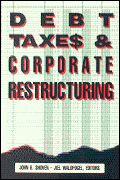

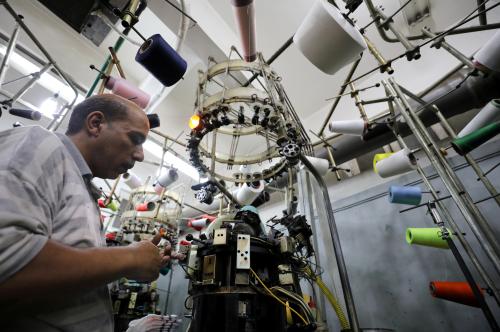

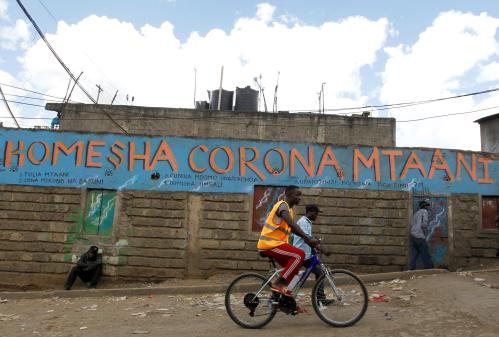
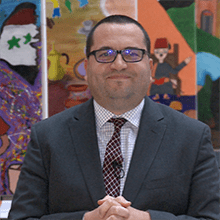
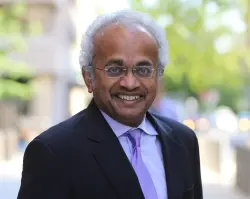

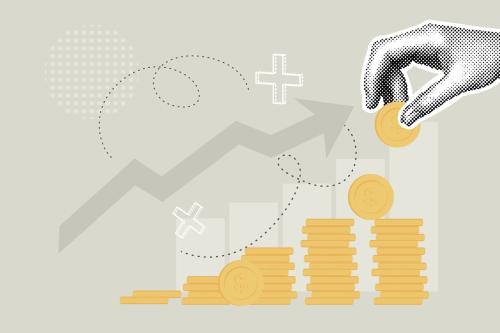
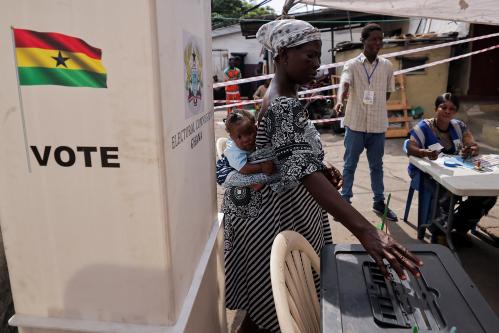
Commentary
Fiscal policy for COVID-19 and beyond
May 29, 2020